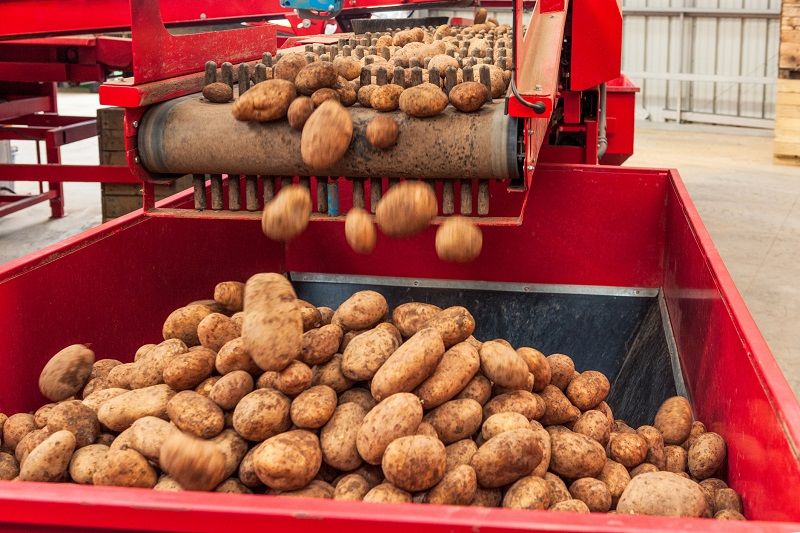The containment measures during the COVID-19 pandemic have drastically impacted the essential flow of food from farms and producers to consumers. In the post-outbreak era, what can food sector players do to make their supply chains more responsible and resilient in the future?
From farm to table, missing links in the food supply chain during the global pandemic outbreak caused significant disruption and damage. Crops were rotting in the fields because of staff shortage. Food transport turned into a logistics nightmare due to border controls, freight restrictions, food processing plants had to scale – or even shut down - due to containment measures or staff shortages.
Companies selling through out-of-home channels saw their sales shrink dramatically, and supermarkets, while scoring record figures, were understaffed and undelivered because of sourcing problems. Moreover, products based on a wide range of ingredients became increasingly challenging to make and were, therefore, disappearing from store shelves.
In the post-outbreak era, food sector players must look for solutions to make the supply chain more responsible and resilient. Such solutions are running along with the go-to-market versatility, end-to-end supply chain management, and food supply chain 4.0.

Existing go-to-market channels like bars and restaurants have closed down, and expectations are that it will take 12-18 months before societies fully recover from COVID-19. Companies, therefore, need to invest in omnichannel capabilities, primarily focusing on online/digital solutions. This should also include product fungibility across channels.
As sourcing ingredients become harder in supply chain management, one alternative is to work with a broader pool of suppliers, including regional ones, and keep more extensive strategic stocks. Another solution could be to simplify recipes and remove problem products from the portfolio, resulting in a leaner, more manageable product range, less risk, and lower costs. Meanwhile, it’s essential to invest in relationships with supply chain partners: Supplier, customer loyalty, and resilience are crucial to ensure business continuity to thrive post-COVID-19.
Last but not least, digital supply chain 4.0: digital supply networks are going to make businesses less vulnerable in the longer term. Robots, for instance, can reduce dependence on migrant labor. Track-and-trace solutions can help companies to zoom in on supply chain bottlenecks. And the latest tools based on artificial intelligence can revolutionize business processes and scenario management, thereby reducing costs and risks. Also, AI can support companies in predicting uptake in demand early, anticipating future bottlenecks, and choosing the best course of action.
For support related to the international trading of food & agriculture produce, join our weekly forum online. Our network of users will answer your questions and share insights. To sign up, click here.









